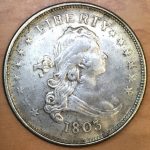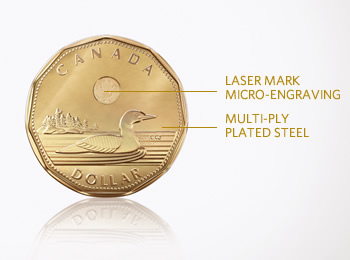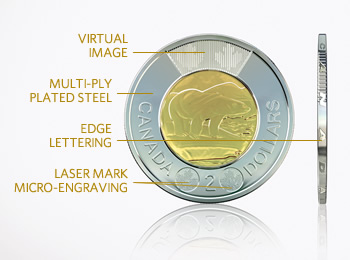Detecting Counterfeits
This is first article of a 6 part series:
- Introduction ← you are here
- Visual Inspection
- Measurements
- Specific Gravity
- Currency
- Final Word

This counterfeit 1803-dated dollar was recently offered in a Hong Kong flea market for less than $3.
There has been a rise in counterfeiting of both collectible and circulating coins. The biggest source of counterfeit collectable coins has come from China. In some cases the counterfeiters had purchased the presses and other machines from the U.S. Mint and other government mints after they were replaced with more modern machines through government surplus sales, providing a supply of machines that could strike high quality coins.
To add to the problem, at one time the U.S. Mint did not fully deface used dies after its useful life. Rather, they would carve an “X” in the surface leaving large areas of the design showing. These cancelled dies made it out of the various branch mints as souvenirs and have been available on the open market. Counterfeiters have purchased these dies, mostly Morgan dollars, and use them as the basis to create their own dies that have fooled even the most experience numismatist.
Today, the U.S. Mint grinds the design completely off of all cancelled dies.
Starting in 2010, Great Britain began having problems with counterfeit £1 coins entering circulation. Even though the British law enforcement community has explained how to detect counterfeit £1 coins, they continue to fool the public. Although arrests were made in the rural areas of Great Britain in 2012, it is estimated that one in 30 £1 coins in circulation are counterfeit.
In 2017, the Royal Mint will issue a bi-metallic 12-sided £1 coin with anti-counterfeiting micro-engraving and milled edges to deter counterfeiting.
Throughout the rest of Europe, they have been fighting against counterfeit €2 coins. Counterfeiters in Greece and Turkey had access to surplus presses and other material to strike a coin that looked very similar to standard €2 with the standard Greece reverse. News reports speculate that the coins were made with stolen material.
The problem with the counterfeit Greek €2 coins is that the lighter metals and presses they use cause the coins to separate. The €2 coin is a bimetallic coin with a yellow center made of nickel-brass and a silver-colored ring made of copper-nickel. If the press cannot strike the coin with enough force to fuse the inner core with the outer ring, the parts will separate. The counterfeit €2 coins will separate.To prevent counterfeiting, the Royal Canadian Mint (RCM) has introduced laser micro-engraving to their new $1 (Loonie) and $2 (Toonie) coins. On the $1 coin, a circle above the image of the common loon on the reverse is micro-engraved with an image of a maple leaf. On the reverse of the $2 coin, there are two circular micro-engraved images of a maple leaf and a virtual image using an angled design at the top of the design. The RCM hopes these fine details added to the Loonie and Toonie will prevent them from being counterfeited.
The U.S. Mint does not have plans or the legal mandate to include anti-counterfeiting measures on coins. This may be because the dollar coin does not circulate in the United States and the cost of counterfeiting lower denominations are too expensive to be profitable. However, that does not mean that it will not be a possible to profitably counterfeit United States coins in the future.
There are ways to do your own testing to see whether the coin you are questioning is real or counterfeit. In the next installment, we discuss what to think about when visually examining your collectible coins.
- Image of counterfeit 1803 dollar courtesy of Donn Perlman.
- Image of counterfeit UK pound coin courtesy of BBC News
- Image of the new £1 coin to be issued in 2017 courtesy of the Royal Mint
- Image of counterfeit €2 coin courtesy of The Daily Mail
- Images of the Canadian coins courtesy of the Royal Canadian Mint






